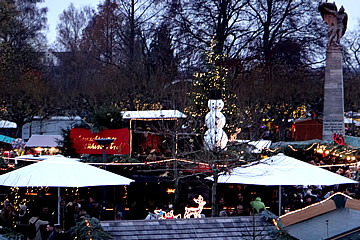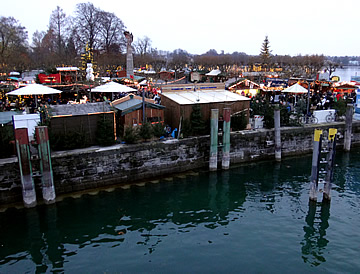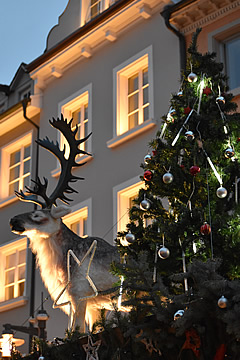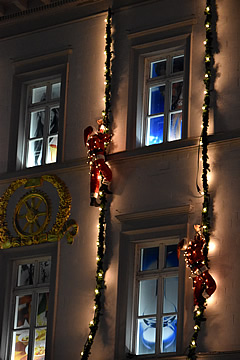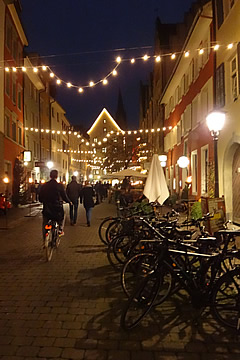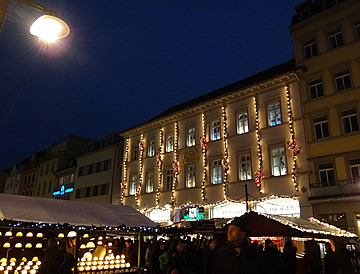

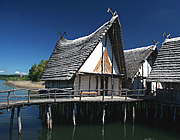
A day trip to the north shore of Lake Constance - the Bodensee in Germany - to visit the fascinating reconstructed lake dwellings of Unteruhldingen and pretty Meersburg and its castle.The following year a visit to the Christmas Market in Konstanz on the opposite shore of the Bodensee.
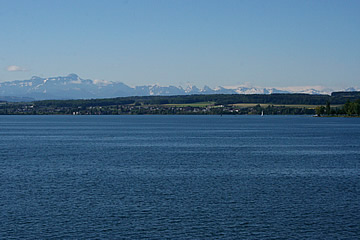
We made an early start from our home just outside Basel in May 2013 and arrived at Unteruhldingen at about 9:30 after a pleasant ferry crossing of the Bodensee - Lake Constance.
We were aiming for the Bronze and Stone Age Lake Village, built on stilts close to the lake's north shore. The village is a reconstruction guided by excavations on the lake and in other Bronze Age sites. The site was probably some kind of settlement from Neolithic times, around 4000BC, to its abandonment in the late Bronze Age around 850BC.
A guided tour is obligatory and very informative, and you can also wander on your own afterwards. The guide book also has lots of very good and detailed information. The open air museum comprises a Stone Age Village, two Bronze Age Villages and additional Stone Age houses.
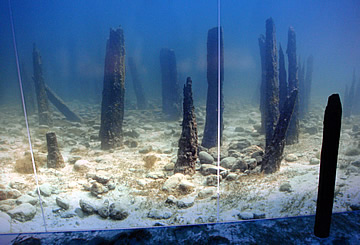
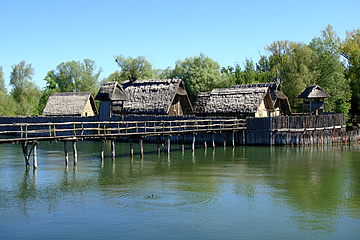
In the Bronze Age and earlier the Bodensee was surrounded by deciduous forest so there was a plentiful supply of wood for building. Building houses on stilts protected them from the periodic rise and fall of the lake waters throughout the year and was a stable method of building on soft ground.
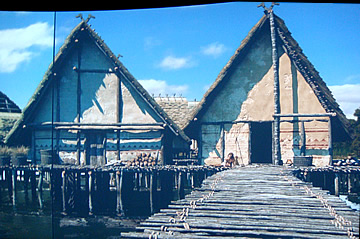
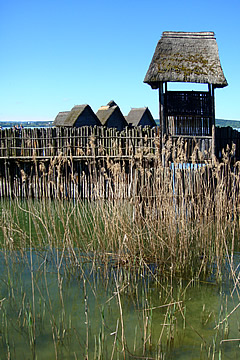
The tour starts in two introductory rooms with projections of the remains of the underwater stakes which once supported the buildings and of what the villages might have looked like when people lived there.
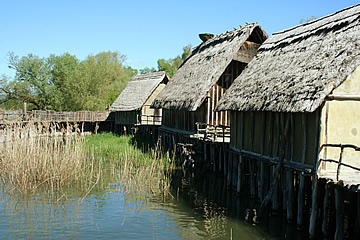
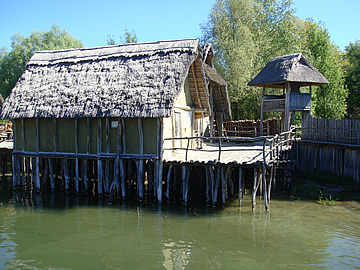
The five houses in the Stone Age village of "Sipplingen" are surrounded by a wooden palisade. Palisades helped to prevent ground erosion and protected the settlement from rough weather and waves. The village is from the time of around 3500BC.
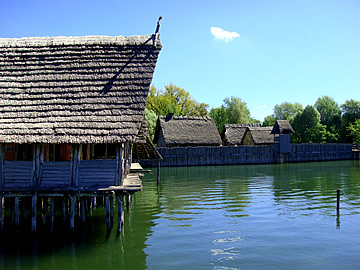
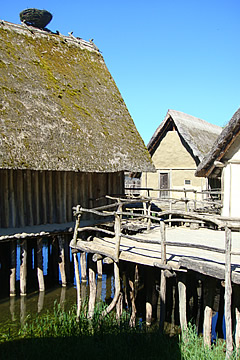
Each of the houses of "Sipplingen" are designated as being of a particular skill - fisherman, potter, weaver, stone mason and wood carver, though in general people would engage in more than one of these activities themselves. All are wattle and daub but only three of the houses are furnished. In the Stone Age furniture would have been very simple, usually made of wood where this was plentiful, if no wood was available stone could be used, as in Skara Brae in the Orkneys.
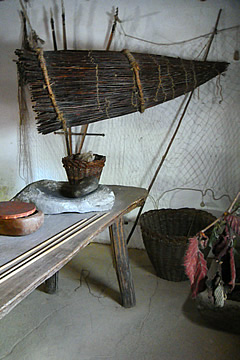
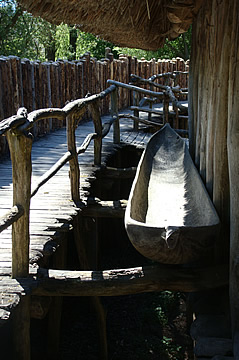
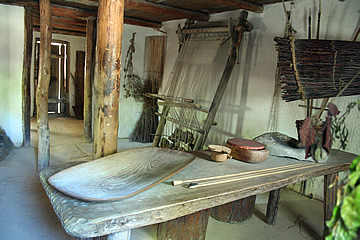
Within the houses the implements of everyday life are displayed. Various grains and pulses were planted with tools such as a simple furrowing stick - agriculture was the main source of food. Granite mills were used to grind grain into flour, bread was baked in a beehive oven, fruit and herbs dried for the leaner winter month, stored along with nuts in bowls on shelves. Sometimes a house would have a second floor accessed by a ladder which was used for storage.
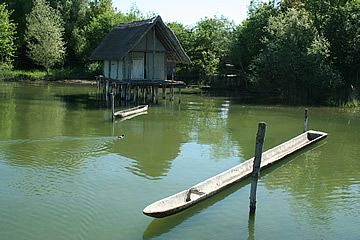
Floors were of beaten earth with perhaps a wattle mat, the oven and fireplace provided warmth as well as cooking food, and the houses would be very simply furnished with sleeping benches and perhaps stools.
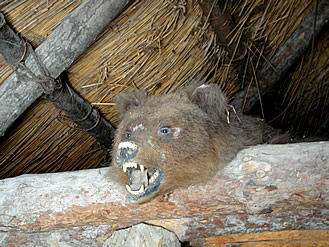
Fish were caught either with a net or a conical fish trap, and the men would hunt deer, boar and even bear with bow and arrow and perhaps spears; these animals were useful for the warm skins as well as meat and fat. Beasts such as cows and pigs had also been domesticated, though sheep and goats were not so important in this region.
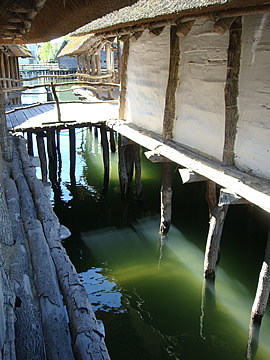
Stone tools such as axes and hammers typified the period. Napped flint was used for sharp, arrowheads, knife blades, sickles, etc. Other tools such as chisels might be made from animal bone. Fire was created by striking flint on pyrite - the resulting sparks ignited tinder such as dry grass.
Pottery, fired at the relatively low temperature of 600-800°C was only very simply decorated with finger prints or scratches for instance.
Fibre for fabrics was prepared from the linseed plant (flax) or stinging nettles, spun into yarn with a spindle. Fine linen fabrics could be woven on a standing loom.
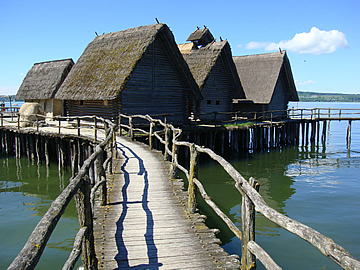
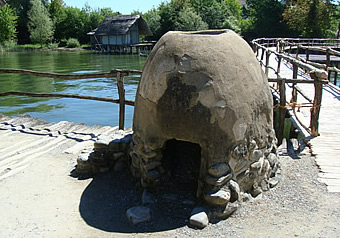
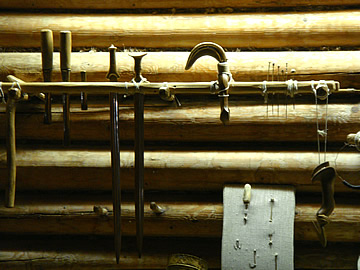
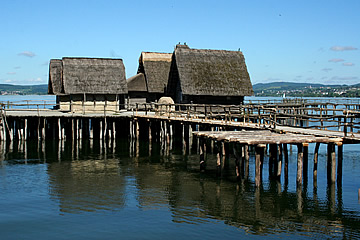
In the Bronze Age houses were constructed with logs as well as with the traditional wattle and daub technique. The reconstructed Bronze Age Village "Bad Buchau" again has houses designated by particular crafts of the period, so there is a bronze caster's house, as well as potter's, herdsman's, storage and village chief's houses. The village chief's house has much richer artefacts and it seems there was a greater stratification of society than in the Neolithic Age.
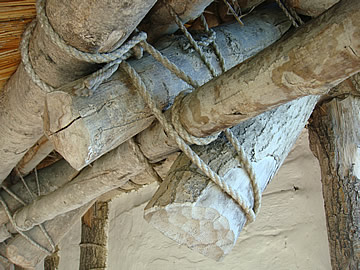
Four-wheeled carts were being used and of course bronze for many purposes including vessels, agricultural implements and weapons.
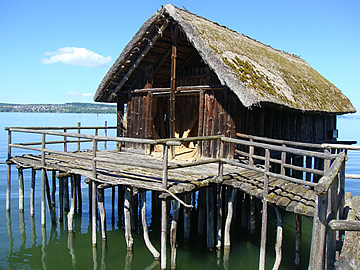
Ornamentation of pots was much more flamboyant and the shapes of the vessels themselves much more ambitious so that even bird-shaped vessels and clay rattles for children have been found.
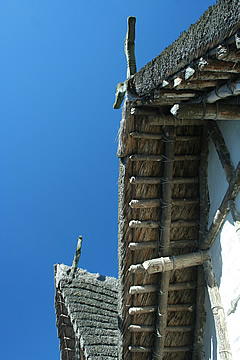
Sheep and goats were more in evidence and horses have appeared on the scene.
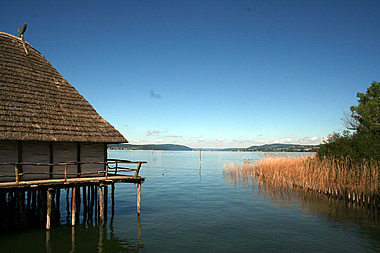
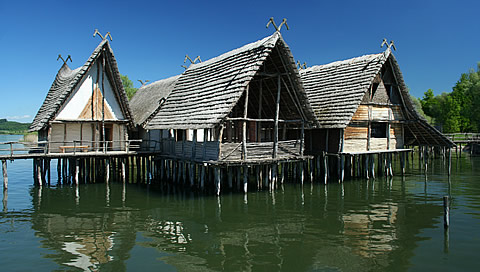
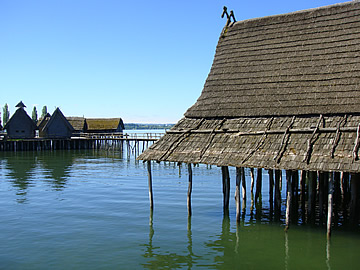
The oldest settlement of the Bronze Age village of Unteruhldingen had 87 houses. From archaeological excavations of the village five were chosen as the basis for reconstruction with additional information from similar sites in the region. The Bronze Age village "Unteruhldingen" thus comprises five houses, each exploring a different theme: Living and Crafts, Environment and Animals, Cult and Religion, House of Questions, Architecture.
The houses featured beaten earth floors, fireplaces, partition walls, second storeys and painted walls.
It's a really fascinating place for anyone interested in human history, and very well presented.
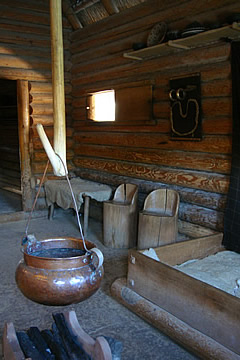
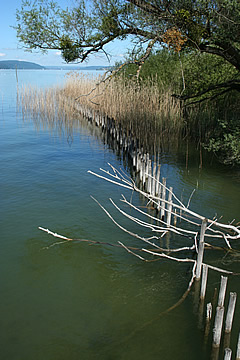
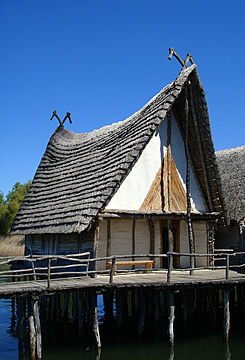
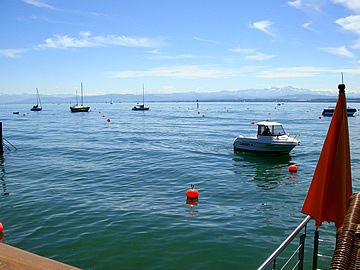
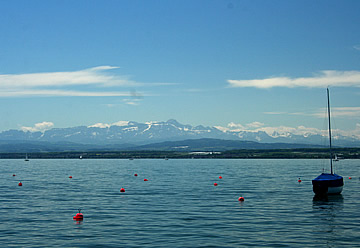
We had an excellent fresh fish lunch sitting on the terrace of the Seeblick at Hagnau am Bodensee before visiting Meersburg.
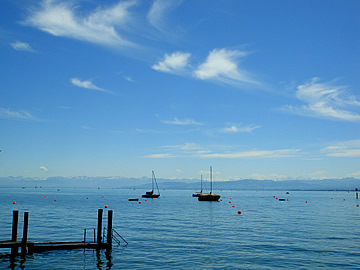
It was an incredibly hot day so we didn't linger out in the sun for long.
Meersburg is small but pretty in the old centre with colourful and decorated buildings, some festooned with wisteria in full bloom.
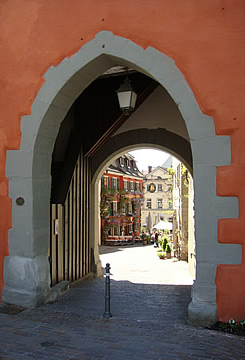
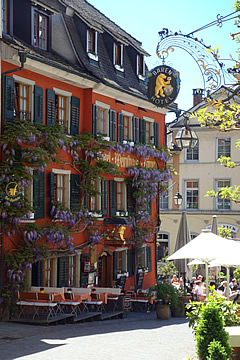
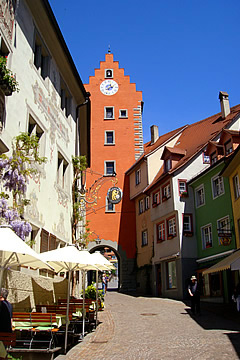
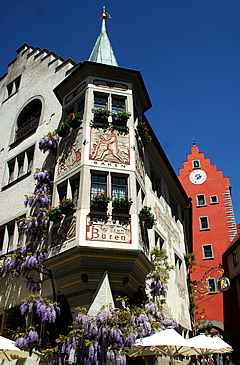
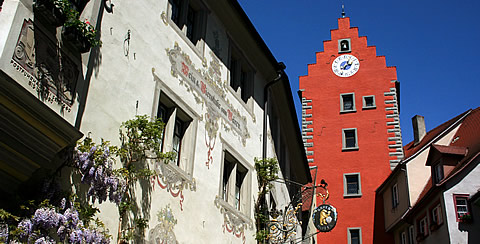
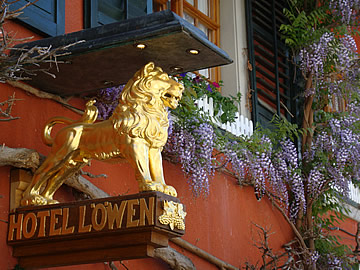
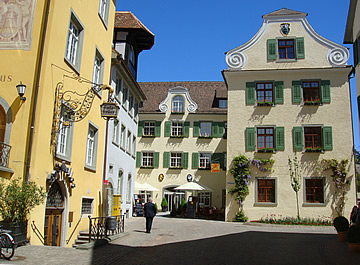
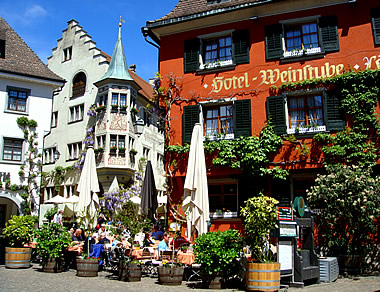
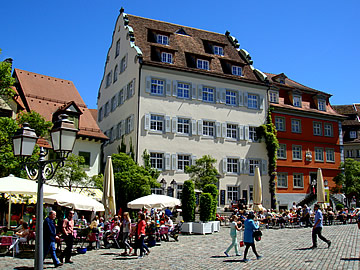
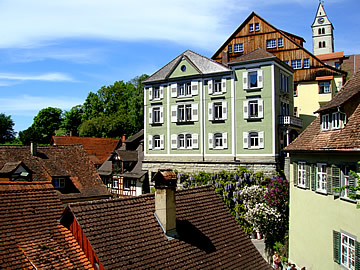
We visited the medieval castle which stands back from the lake on a small hill and houses a museum.
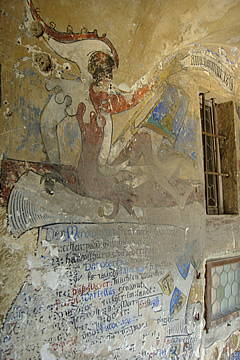
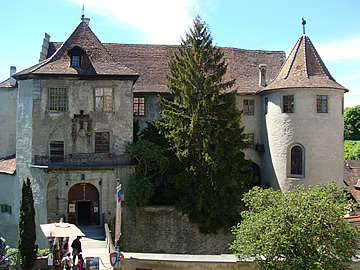
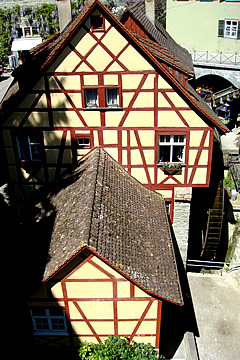
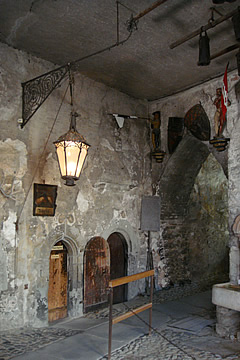
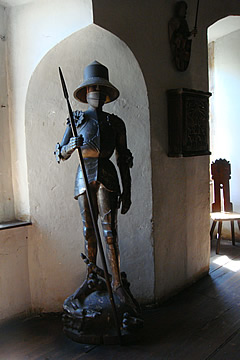
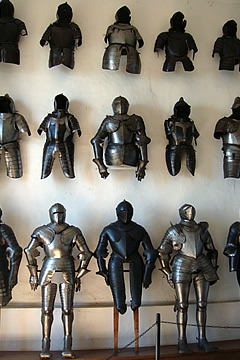
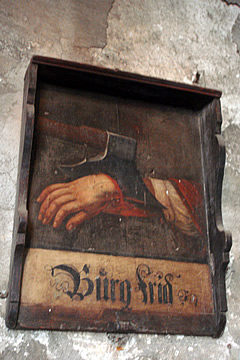
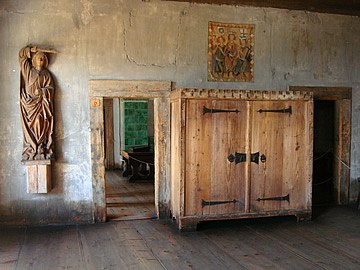
The entrance fee includes a good informative leaflet to guide you round the castle.
According to legend the castle was founded by the Merovingian King Dagobert the First in the 7th century. Originally it had a moat and drawbridge.
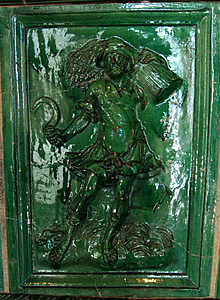
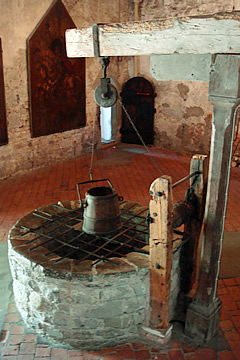
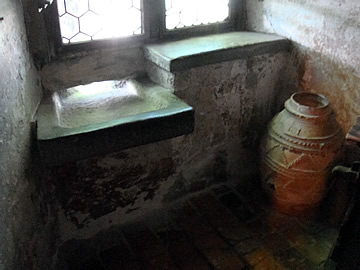
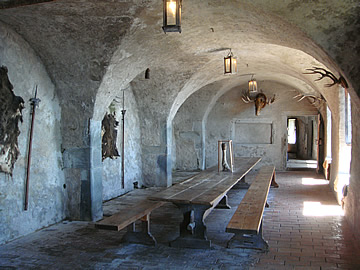
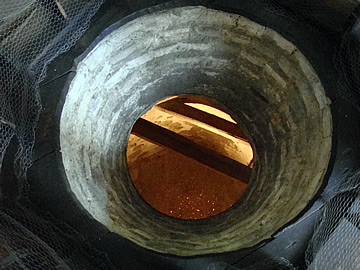
Various rooms in the castle are furnished in different period styles so there is a Gothic Chamber and a Renaissance Chamber for instance. The former dating from the fifteenth century, the latter the seventeenth - a bit late for the European Renaissance.
There are good views over the lake from the battlements.
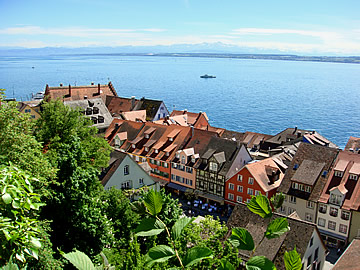
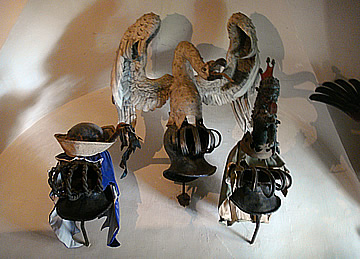
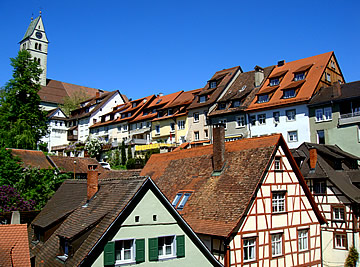
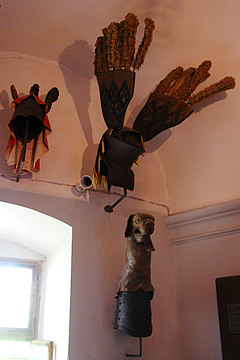
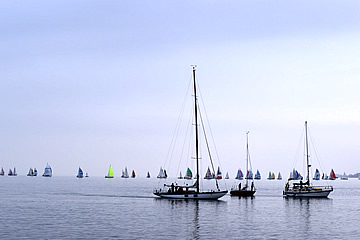
The city of Konstanz stands on the south shore of the Bodensee, opposite Meersburg, and at the end of November 2016 we took the train to visit the Christmas Market here, staying overnight. The Christmas Market is on the lake, which is rather nice, as well as on the city streets.
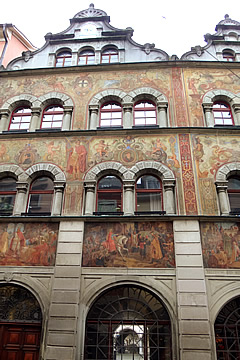
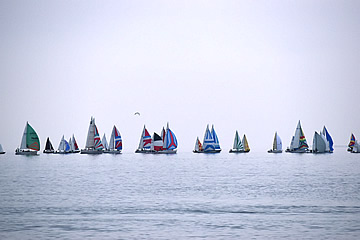
Konstanz is said to have been founded by the Roman Emperor Constantius Chlorus which would make it over 1700 years old.
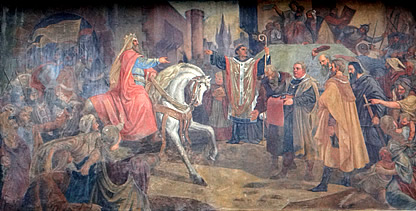
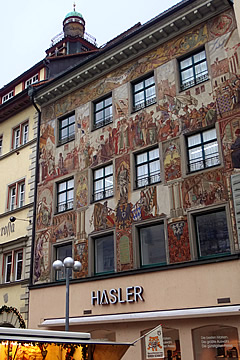
The cathedral was built over a period of 600 years so displays a variety of styles from Romanesque to Baroque.
There are some very nice painted buildings in the old town.
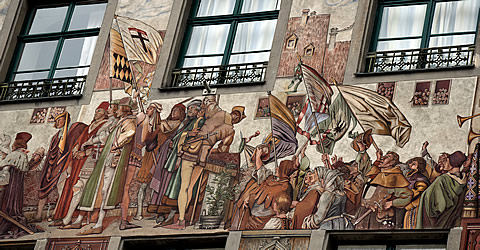
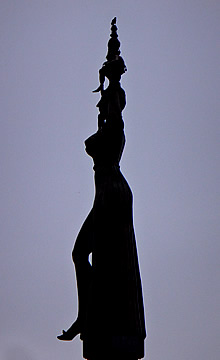 Imperia
Imperia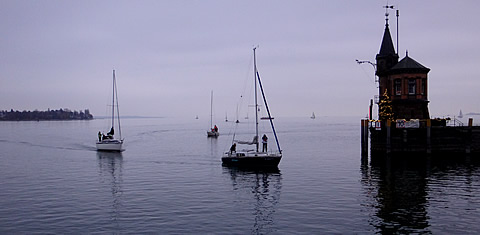
The (rotating) statue Imperia at the entrance to the harbour commemorates the Council of Constance, 1414-1418. Imperia holds two naked men in her raised hands: Emperor Sigismund, who called the Council, and Pope Martin V, who was elected during the council. Imperia is a reference to a short story by Balzac, La Belle Imperia.
